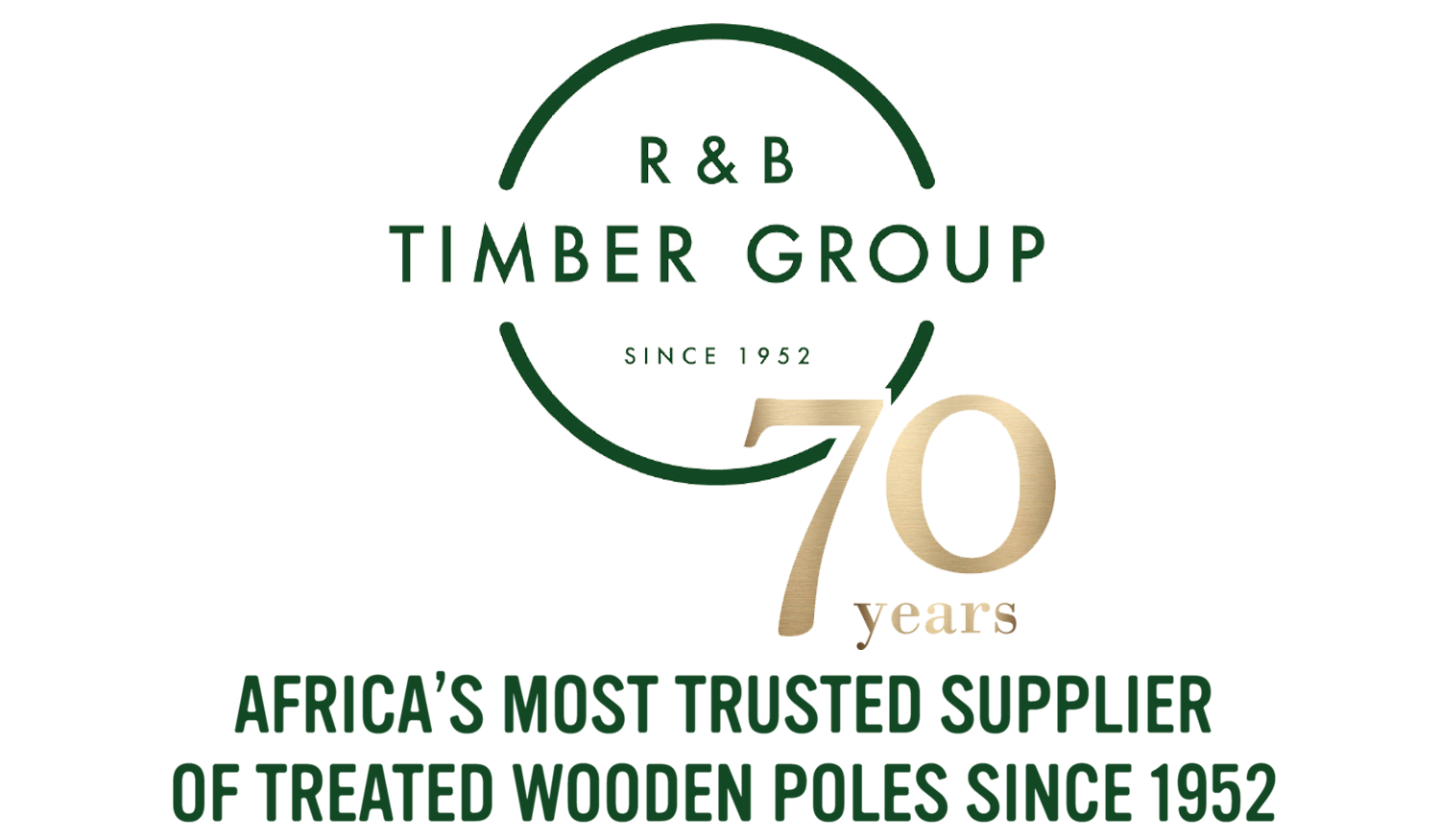TIMBER & WOOD PRESERVATION: A CLOSER LOOK AT WOOD PRESERVATION
Preserving timber is key to ensuring its longevity and survival against the elements and pests. Our helpful guide explores how you can ensure your wooden structures last.
Wood preservation is vital to ensure that your timber construction - whether that be fencing, building poles, or perhaps even a gazebo or balcony - last well into the future.
When discussing wood preservation, the act of ensuring your timber is well preserved generally falls into two categories: primary (industrial) and secondary (DIY).
Primary wood preservation
Primary wood preservation involves an industrial process whereby wood is impregnated with an industrial biocide-containing wood preservative to render the timber durable and resistant to biological attack, such as decay, fungi, and wood destroying insects such as wood borers and termites.
This high-pressure processes, involves the application of waterborne preservatives such as CCA and Creosote by means of vacuum and pressure cycles.
Other methods of primary wood preservation include immersion methods such as the hot and cold open tank process using Creosote; diffusion methods using Borates; and low pressure or double vacuum processes using light organic solvent preservatives (LOSP) such as TBTN-P or Azole Permethrin.
Primary wood preservation is a pre-treatment whereby the timber is treated prior to its intended application and therefore is regarded as a preventative measure. It is not supplemental or remedial (after the fact).
Chemical retention (take up), depth of penetration and the processes used are prescribed in SANS standards, and mandatory compliance is controlled through regulations and compulsory specifications.
Secondary wood preservation
Secondary wood preservation comprises the hand application of supplemental or remedial preservatives that contain active ingredients (biocides). These preservatives use mainly solvents as carrier and in some cases form part of protective wood finishes, such as wood sealers, and therefore are used as a dual purpose supplemental or remedial preservative against biological attack as well as a protective finish against weathering factors.
Supplemental preservatives
Supplemental or remedial preservatives are mainly applied as a corrective measure to stop existing biological attack in untreated timber already in use, but can also be both corrective and preventative.
Protective finishes
Protective wood penetrating finishes and sealers that are applied by hand, i.e. by brush, paint, and spray, but which contain no active ingredients (biocides) are not regarded as preservatives but merely wood protective finishes that protect against weathering factors only.
Why preserve timber?
The natural durability of our commercially grown and used plantation species of wood such as Pinus and Eucalyptus, is low, rendering it susceptible to insect and fungal attack; therefore it is imperative to preserve the timber.
The preservation of timber and the sale and use of preservative treated timber are regulated in South Africa. Regulation A13 1(b) in SANS 10400-A, as well sections in the NHBRC home builder's manual, requires the use of primary preservative treated timber when used in permanent structures in specific areas of South Africa.
In addition compulsory specifications, such as VC 9092 regulated by the National Regulator for Compulsory Specifications (NRCS) control the sale of preservative treated timber.
Choosing the correct treated timber
SANS 10005 and the SANS product standards for preservative treated sawn timber (SANS 1288) and poles (SANS 457-2 or SANS 457-3) specify a Hazard Class system (H Classes), which categorises treated timber into different end-use applications based on the following:
Different exposure conditions
Potential risk of biological attack
Preservative retentions/chemical loading
Preserving timber in your home
When specifying pressure treated timber, be sure to choose the correct H class for your intended application and apply a remedial preservative to all cross-cut and exposed areas (except for cross-cut ends exposed in ground, fresh water or marine applications).
Apply a suitable penetrating wood sealer and regularly maintain it if a natural non-weathered look of the exterior timber is desired.
When planting a pole or post, do not plant them inside an encapsulated concrete base. Instead, use a 'collar' or compacted stone and soil with or without a solid (cured) concrete base.
Safety Precautions and Warnings
When machining (sanding or sawing) CCA treated wood, be sure to wear a dust mask and work in a well-ventilated area to avoid inhaling treated wood particles, and wear safety eyewear to protect your eyes from flying particles.
Important safety tips:
Wear suitable safety gloves when working with freshly treated wood.
Do not make toys or furniture from treated wood that may be chewed on by infants, or make any food utensils from treated wood.
Do not use treated wood for firewood, or cooking purposes. Treated wood shavings or sawdust should not be used for animal litter or where it can become a component of animal feed.
Disposing timber waste
Treated timber waste is not regarded as hazardous waste material; however, treated wood off-cuts and waste should not be allowed to accumulate, but should be disposed of at a registered disposal or landfill site.
